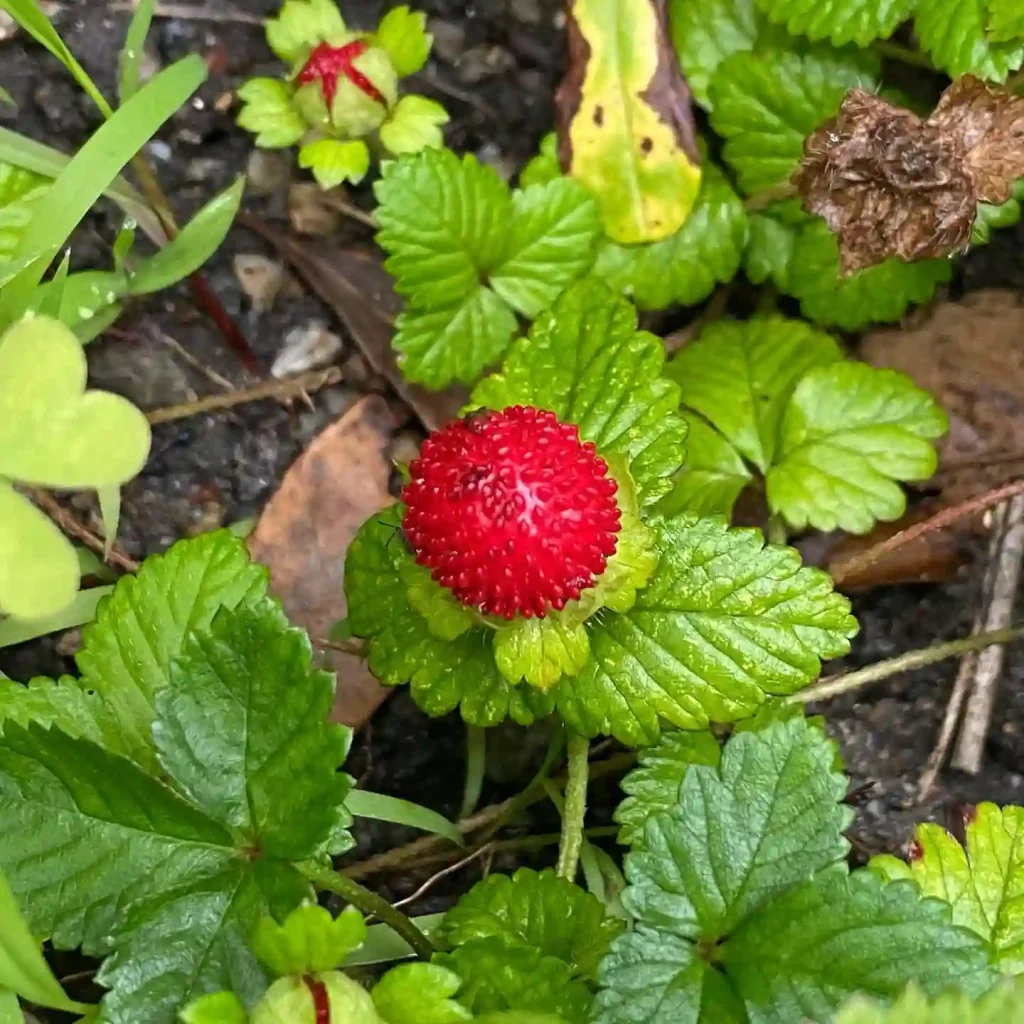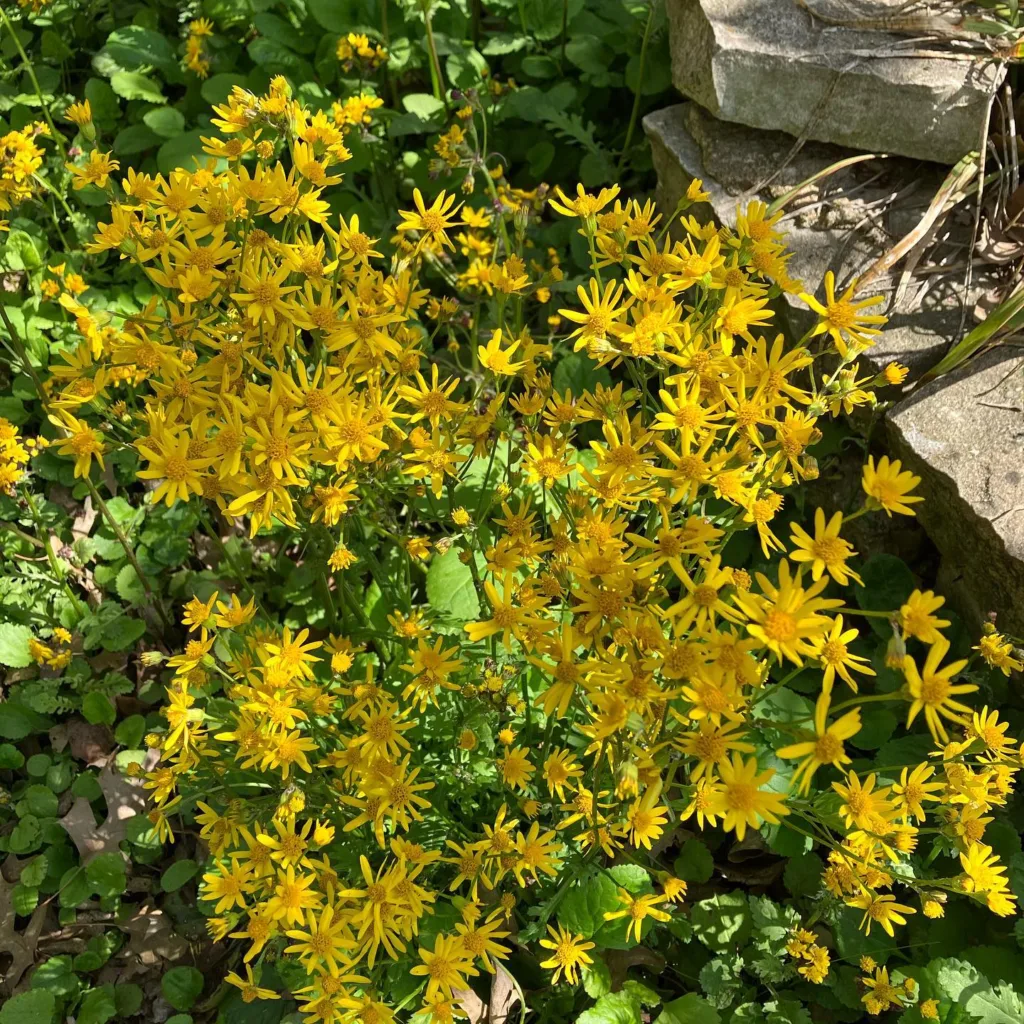Parthenocissus Inserta: Your Guide to the Thicket Creeper
Hi everyone, Ferb Vu here! Today, we’re diving into the world of Parthenocissus inserta, also known as the thicket creeper, false Virginia creeper, woodbine, or grape woodbine. This fantastic climbing vine is a North American native, gracing landscapes from southeastern Canada to the southern United States.
Whether you’re a seasoned gardener or just starting your plant parenthood journey, Parthenocissus inserta offers a rewarding addition to your space. Let’s explore some frequently asked questions about this versatile vine.
13 Species in Genus Parthenocissus
What is Parthenocissus Inserta?
Parthenocissus inserta is a woody, deciduous vine, meaning it loses its leaves in fall. It can reach impressive lengths of 20 meters (65 feet) and utilizes small, branched tendrils with twining tips to climb structures.
The real showstopper, however, is the foliage. The leaves are palmately compound, with five leaflets that boast a rich green hue throughout the growing season. Each leaflet can reach up to 13 centimeters (5 inches) in length and 7 centimeters (3 inches) in width, with coarsely toothed margins that add textural interest.
Come fall, the magic happens. Parthenocissus inserta puts on a dazzling display, transforming its leaves into a fiery palette of reds, oranges, and yellows. It’s a breathtaking transformation that adds a pop of color to your autumn landscape.
Parthenocissus Inserta vs Parthenocissus Quinquefolia
I love the vibrant red fall foliage of Parthenocissus quinquefolia, also known as Virginia creeper, which beautifully covers walls and fences, adding a stunning autumn touch to my garden. Parthenocissus inserta, while less common in my area, intrigues me with its reputed resilience and potential for a similar aesthetic impact in different climates.
How to Care for Parthenocissus Inserta?
Parthenocissus inserta is a low-maintenance plant that thrives with minimal care. Here’s what you need to know:
- Light: This vine prefers full sun to partial shade. It can tolerate full shade but may produce fewer leaves and less vibrant fall color.
- Soil: Parthenocissus inserta isn’t picky about soil type, as long as it’s well-drained. It adapts well to average to moist conditions.
- Watering: Once established, Parthenocissus inserta is drought-tolerant. However, consistent watering, especially during the first year, encourages healthy growth.
- Fertilizer: This vine isn’t a heavy feeder. A light application of balanced fertilizer in spring is sufficient.
- Pruning: While not strictly necessary, you can prune Parthenocissus inserta to control its size and shape. The best time to prune is in late winter or early spring before new growth appears.
How to Propagate Parthenocissus Inserta?
There are two main ways to propagate Parthenocissus inserta: stem cuttings and layering.
- Stem Cuttings: Take stem cuttings in late summer or early fall. Select a healthy stem with a few nodes and cut it just below a node. Remove the lower leaves and dip the cut end in rooting hormone. Plant the cutting in a pot filled with moist potting mix and keep it in a warm, well-lit location.
- Layering: This is a simpler method. Choose a long, healthy stem and gently bend it down to the ground. Make a shallow incision on the underside of the stem at a node and bury that section in the soil. Secure the stem with a wire loop and keep the soil moist. Once roots develop, you can sever the connection to the parent plant and transplant the new vine.
What to Plant with Parthenocissus Inserta?
Parthenocissus inserta’s versatility makes it a great companion plant for various scenarios. Here are some ideas:
- Walls and fences: Let it climb and create a living wall or privacy screen.
- Arbors and pergolas: Train it to grow over these structures for shade and visual interest.
- Containers: Use dwarf varieties to add a vertical element to your patio or balcony.
- Companion for other plants: Its fall colors pair beautifully with evergreens or late-blooming perennials.
Parting Words on Parthenocissus Inserta
Parthenocissus inserta offers a wealth of benefits. Its climbing nature makes it ideal for vertical gardening, its beautiful foliage adds year-round interest, and the fall display is simply stunning. Plus, its low-maintenance requirements make it a perfect choice for busy gardeners.
So, if you’re looking for a versatile and easy-to-care-for vine, Parthenocissus inserta is an excellent option. With minimal effort, you can add a touch of beauty and natural elegance to your garden.
If i die, water my plants!



